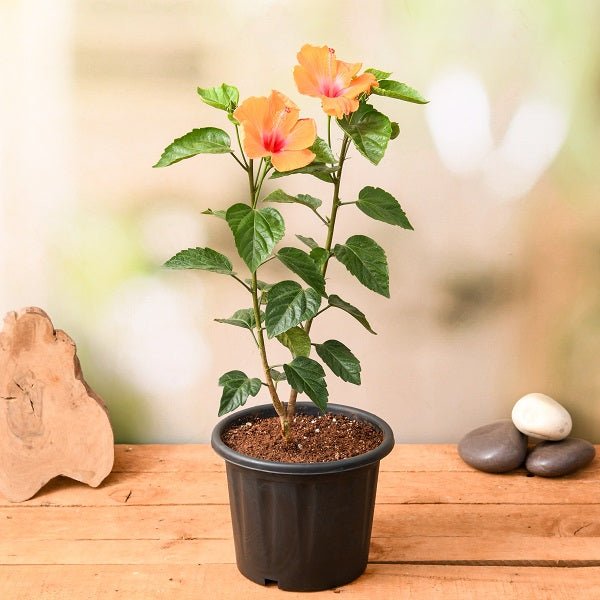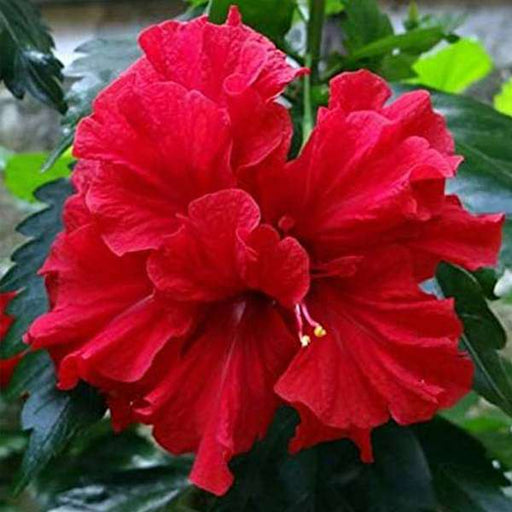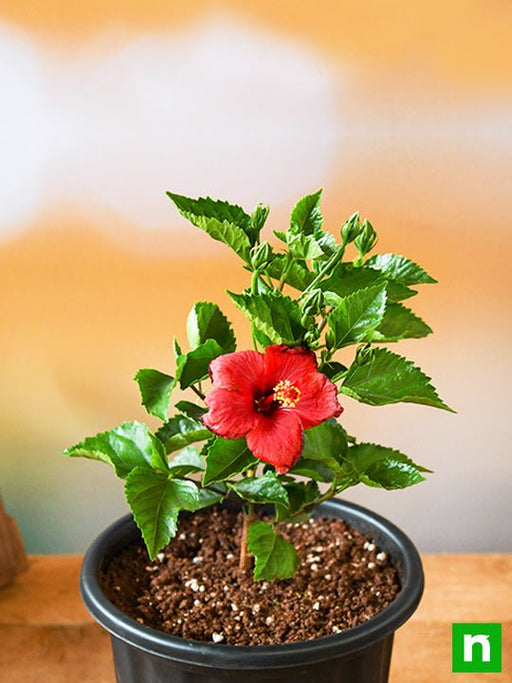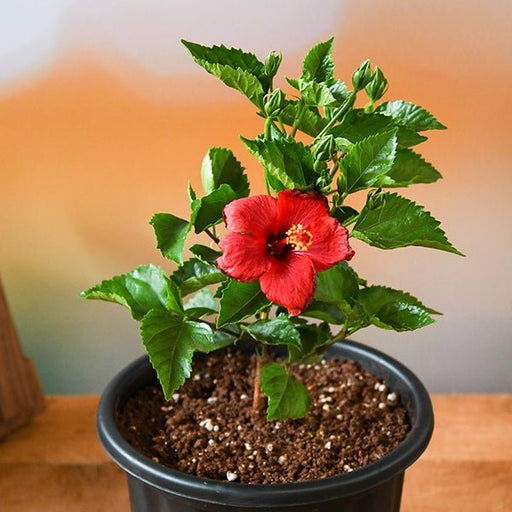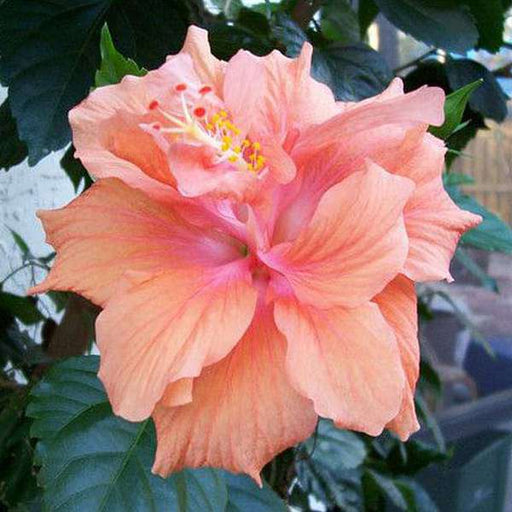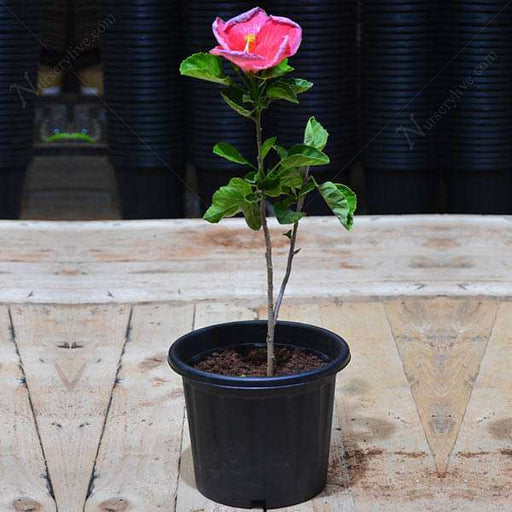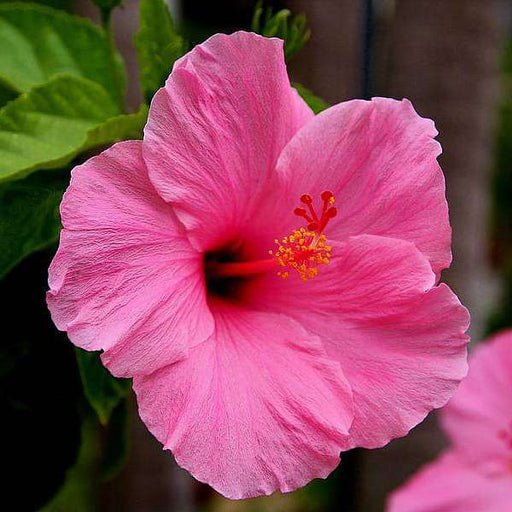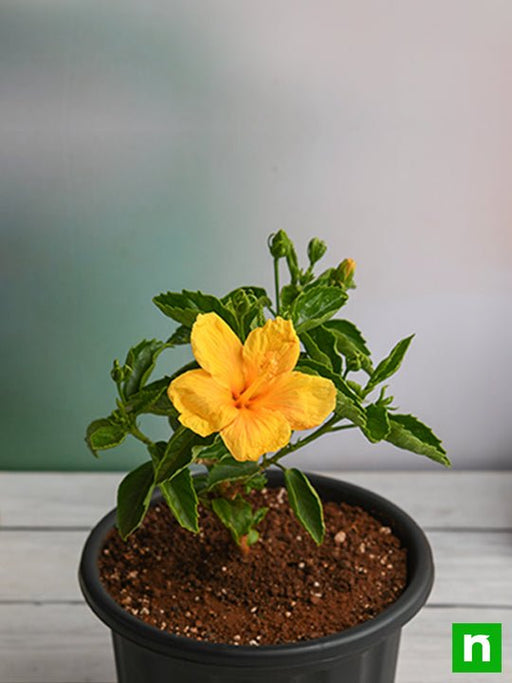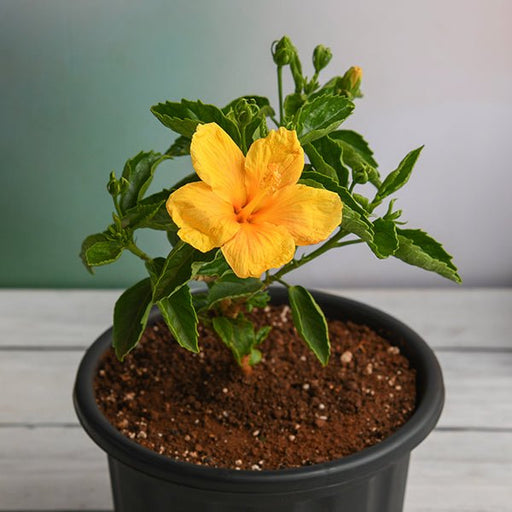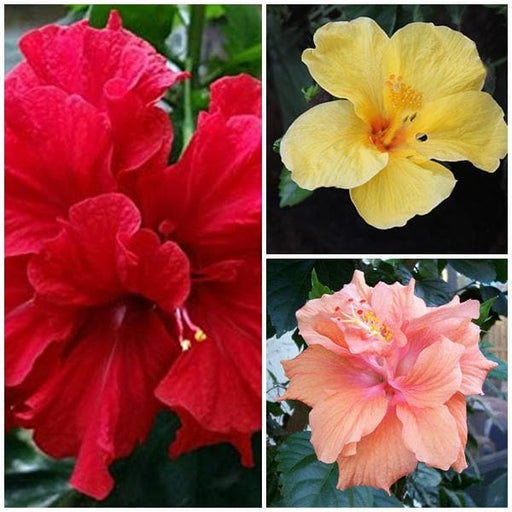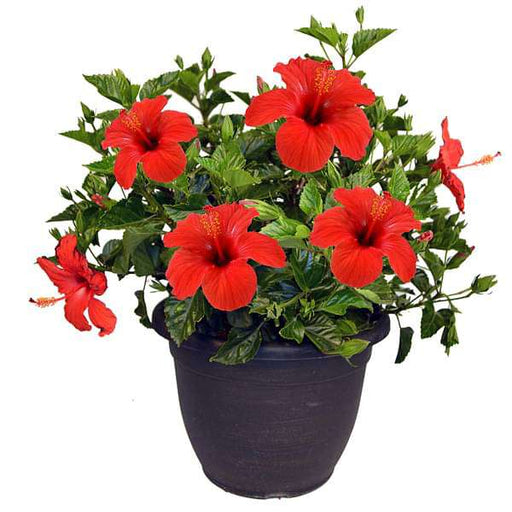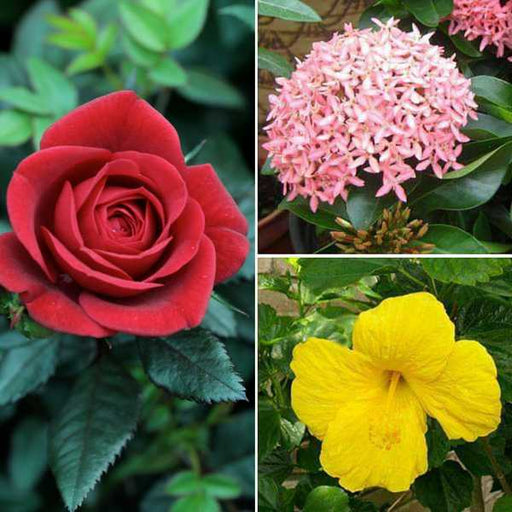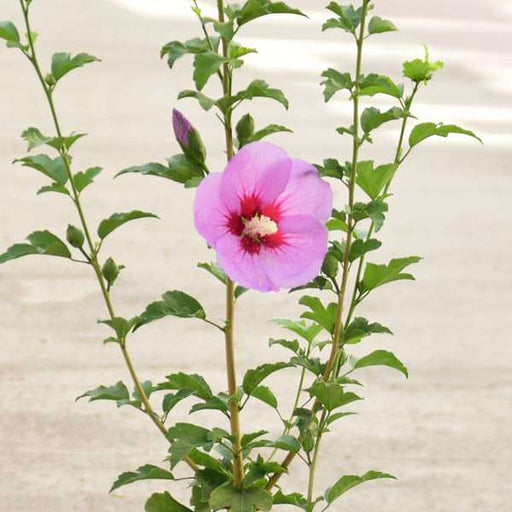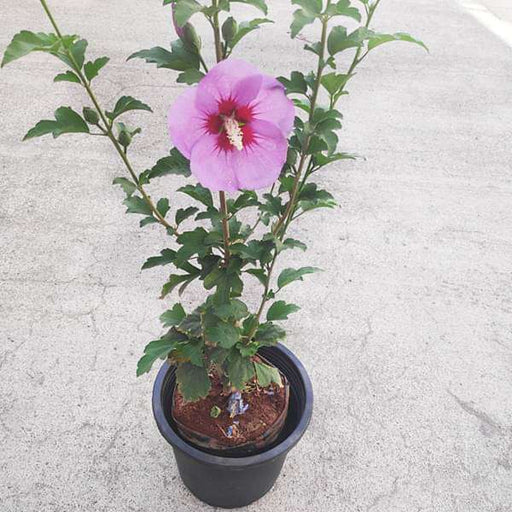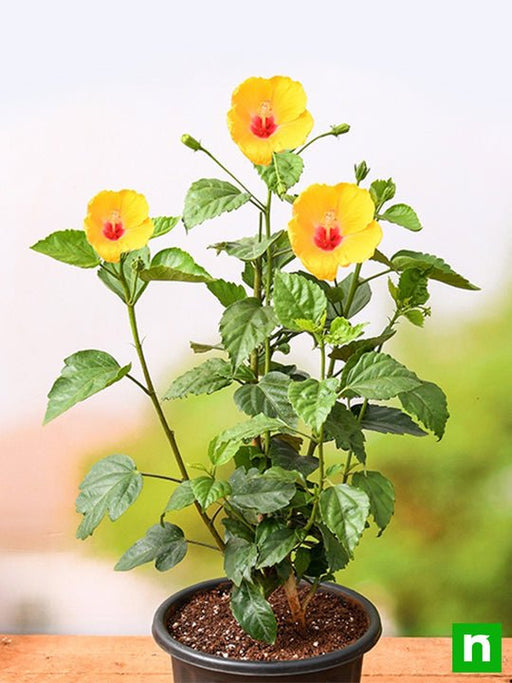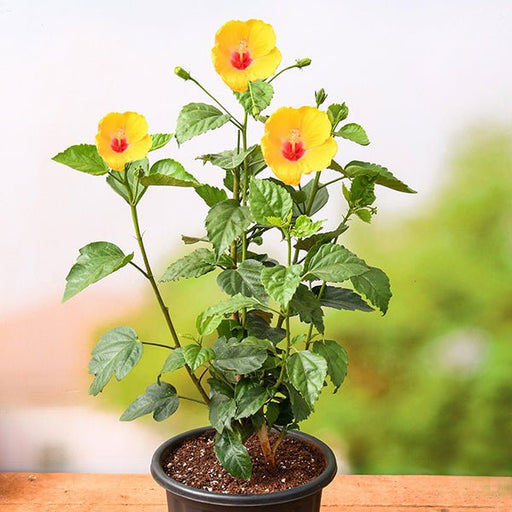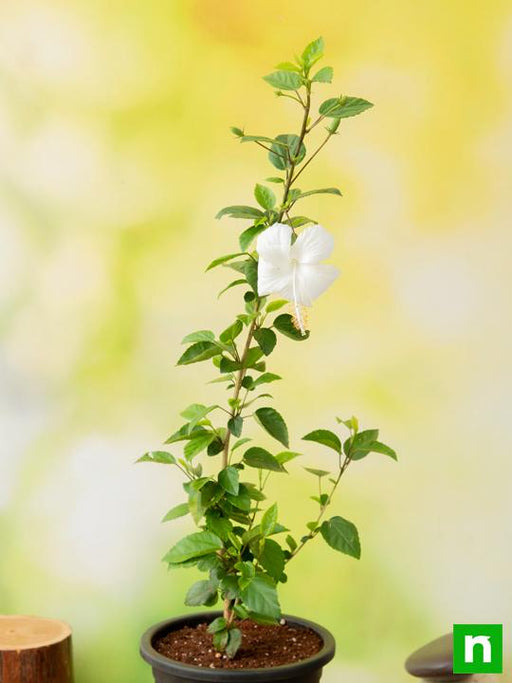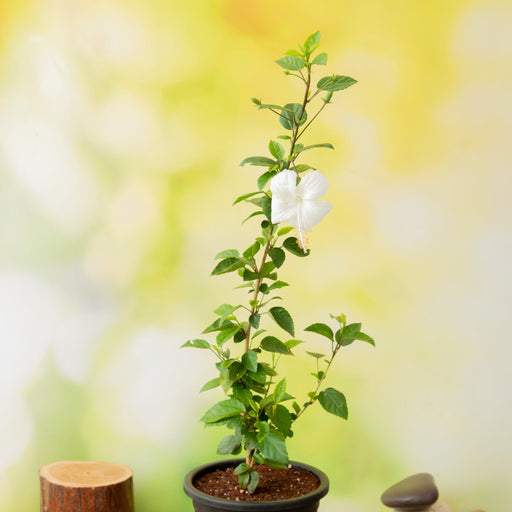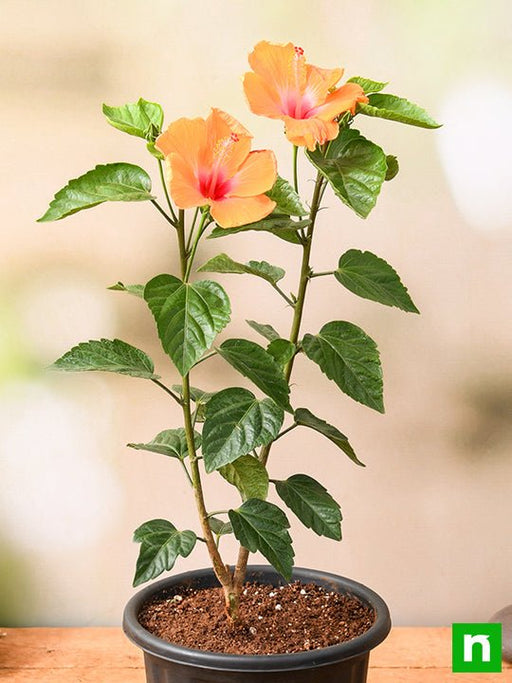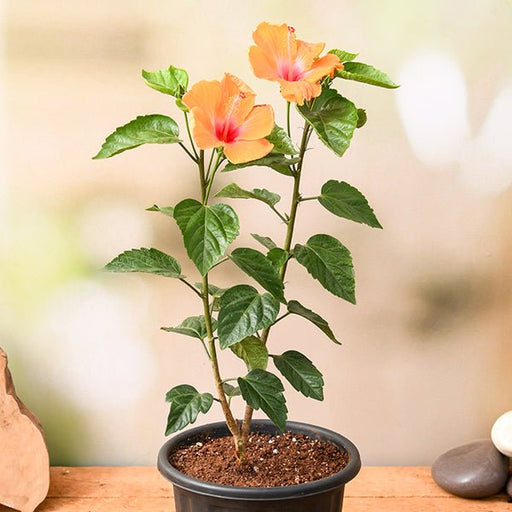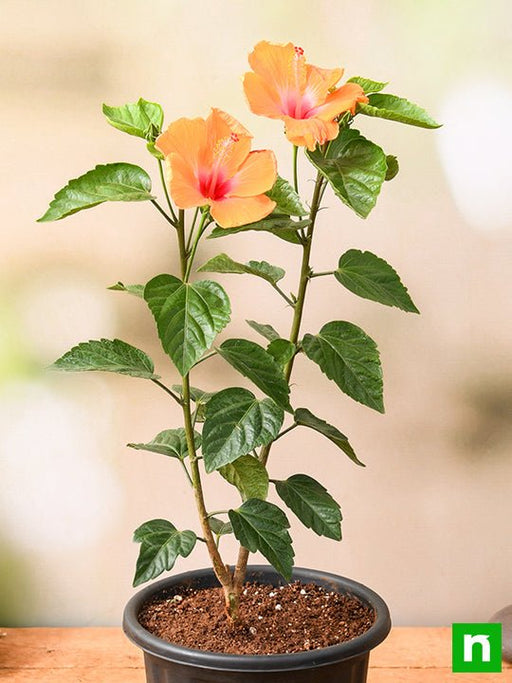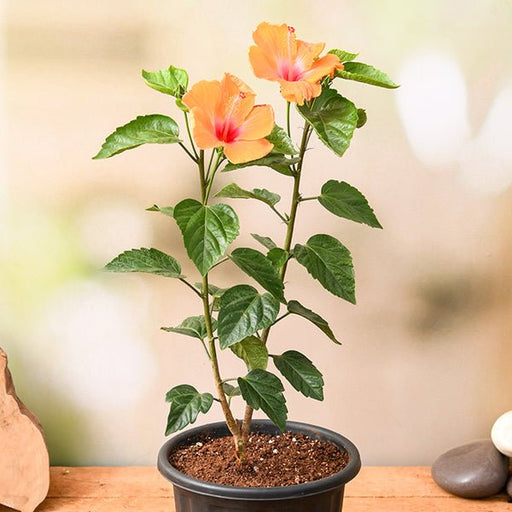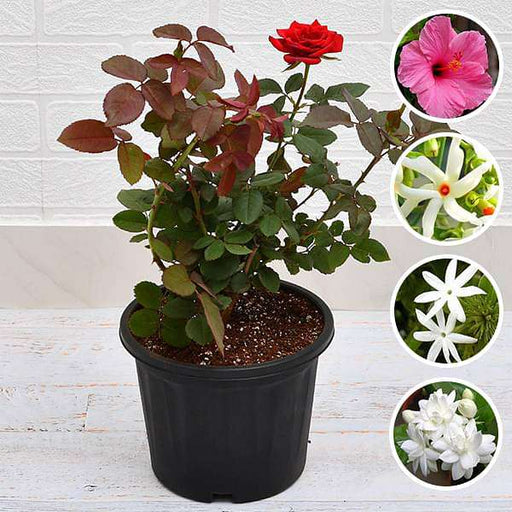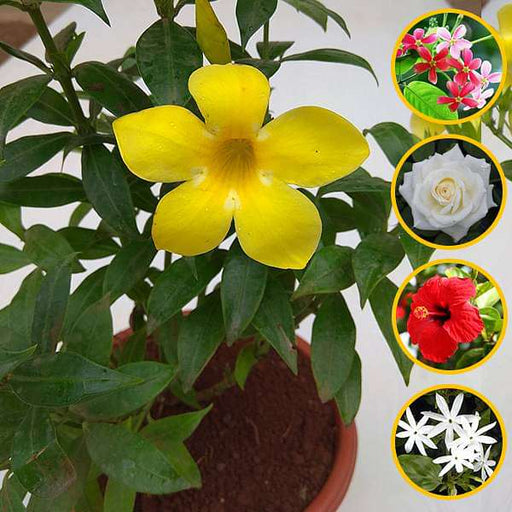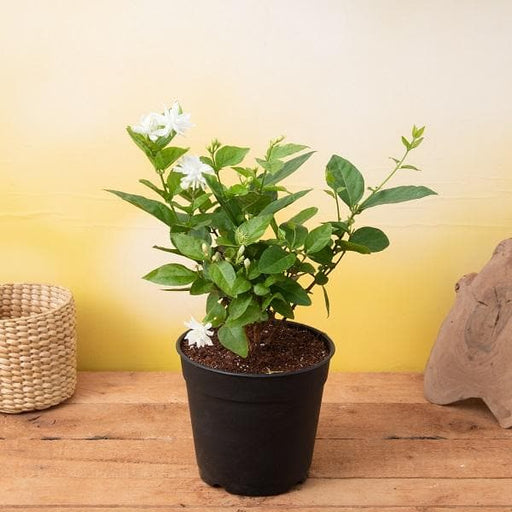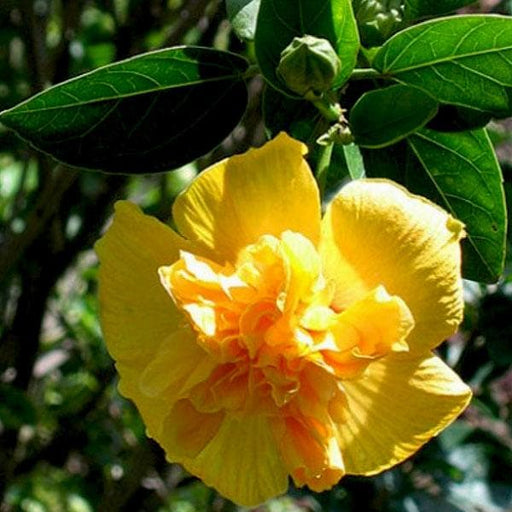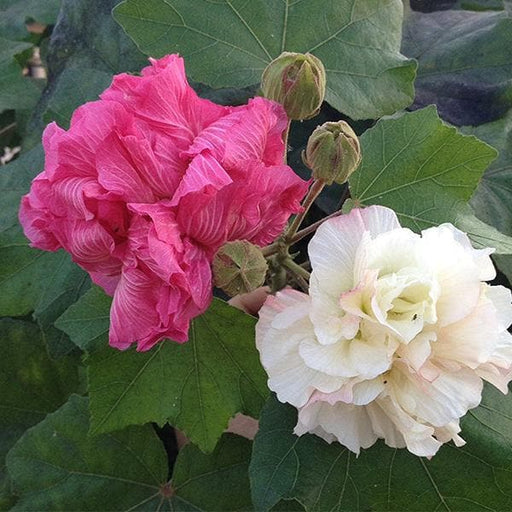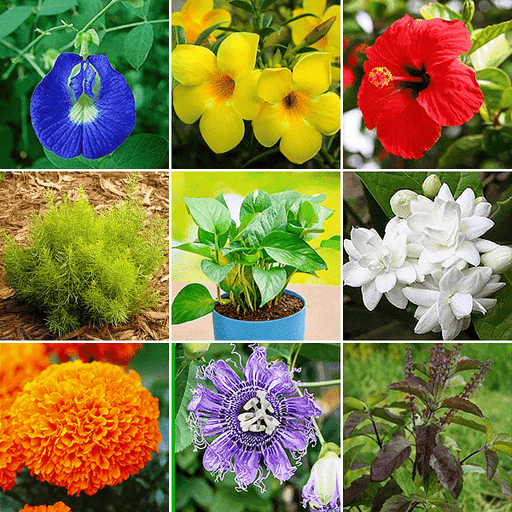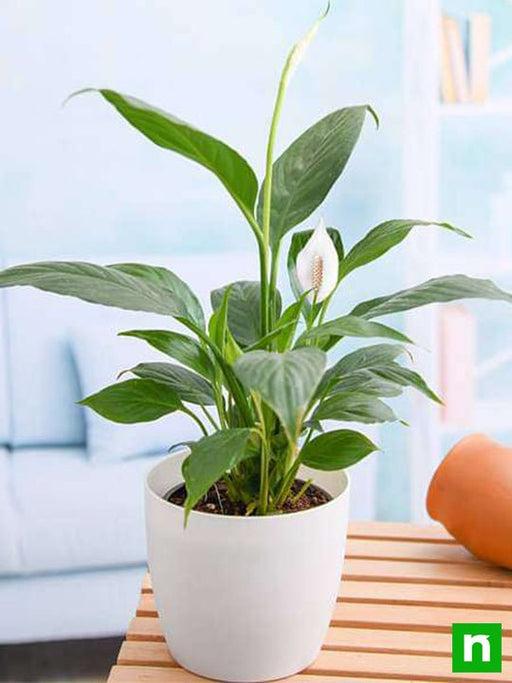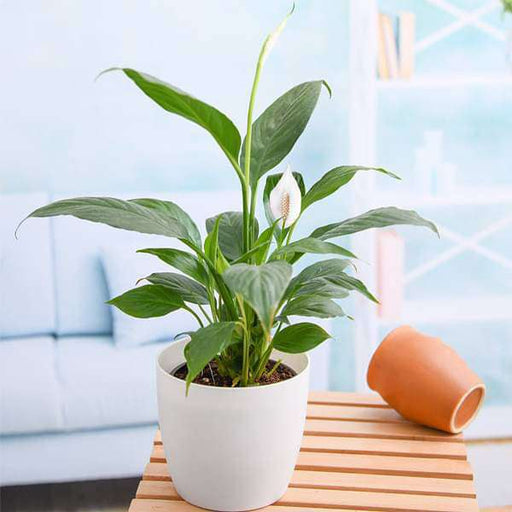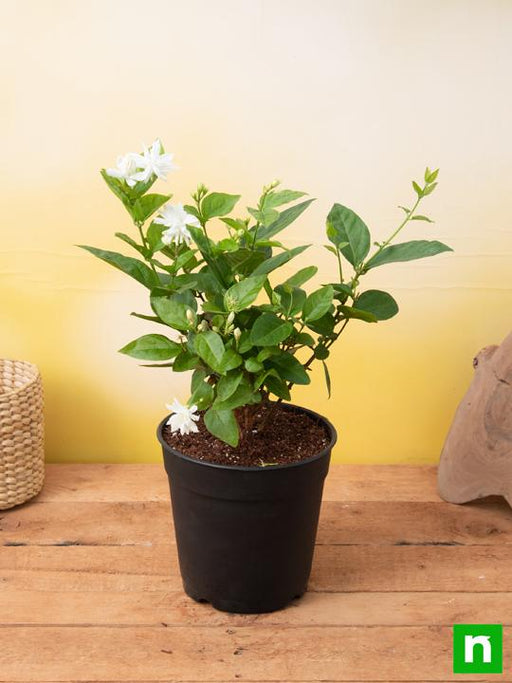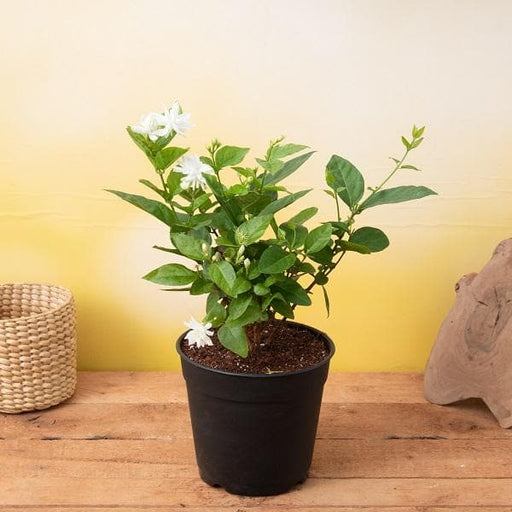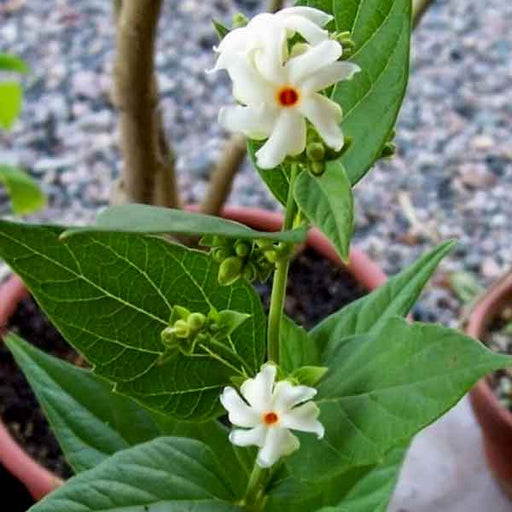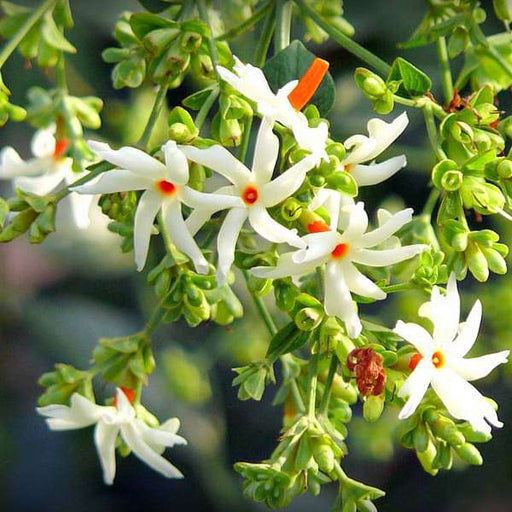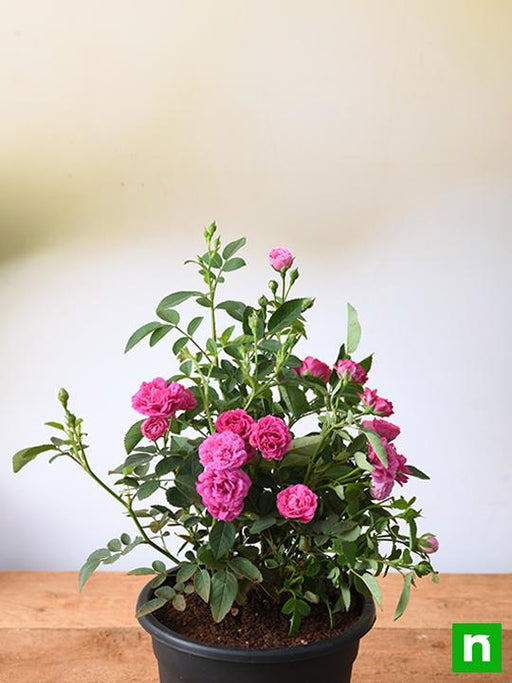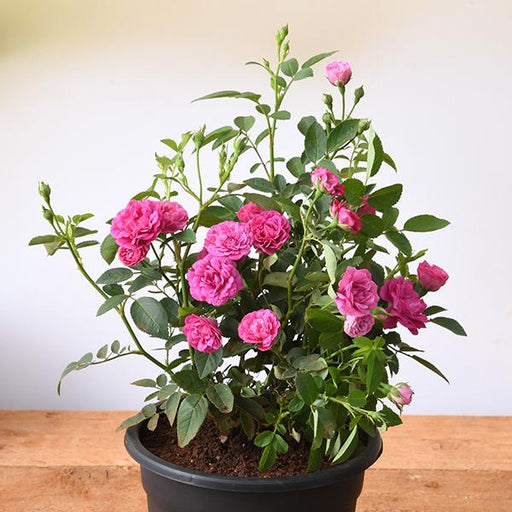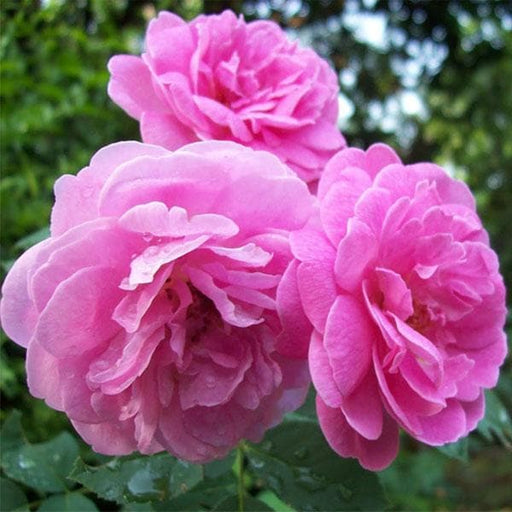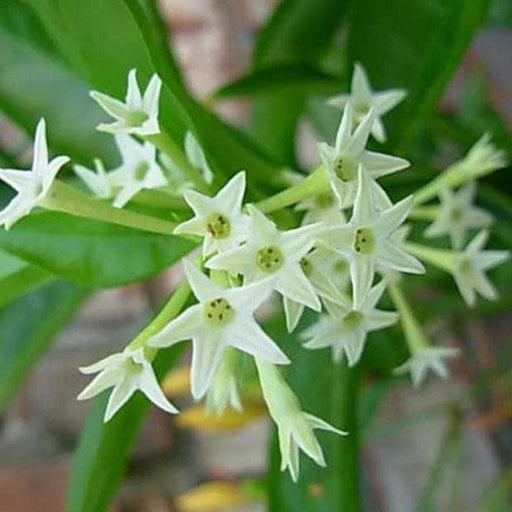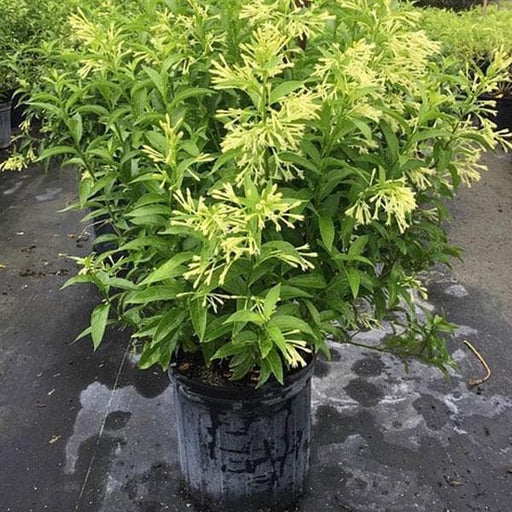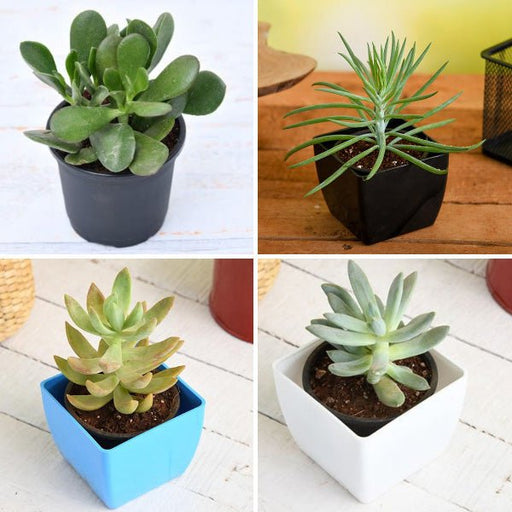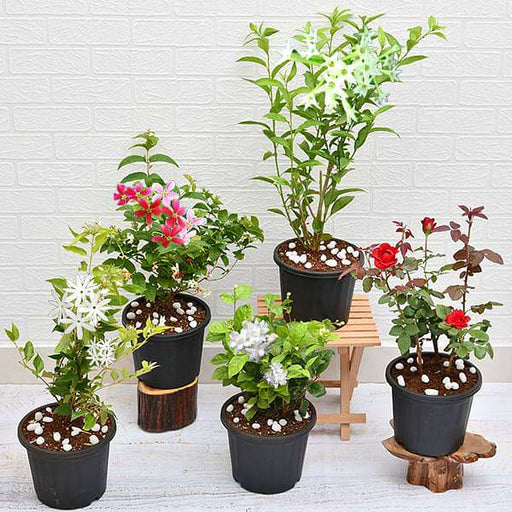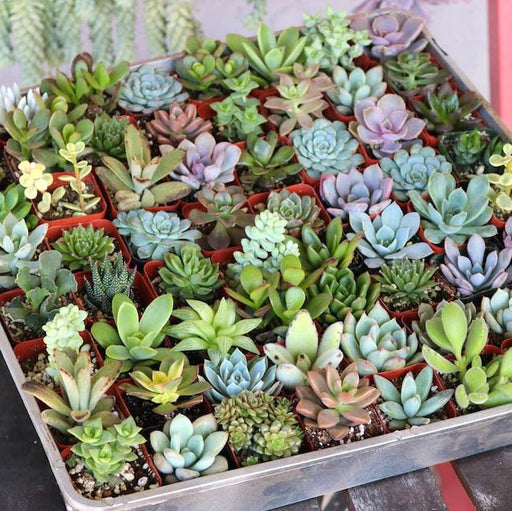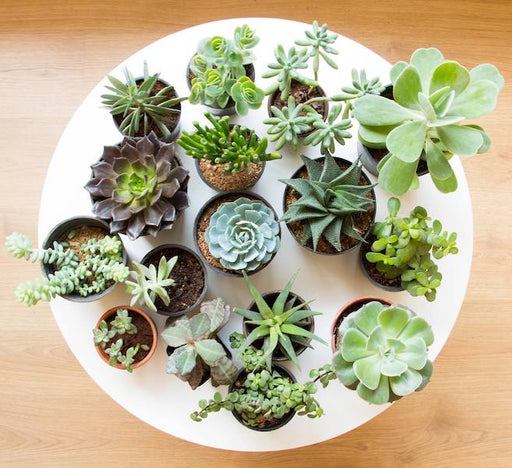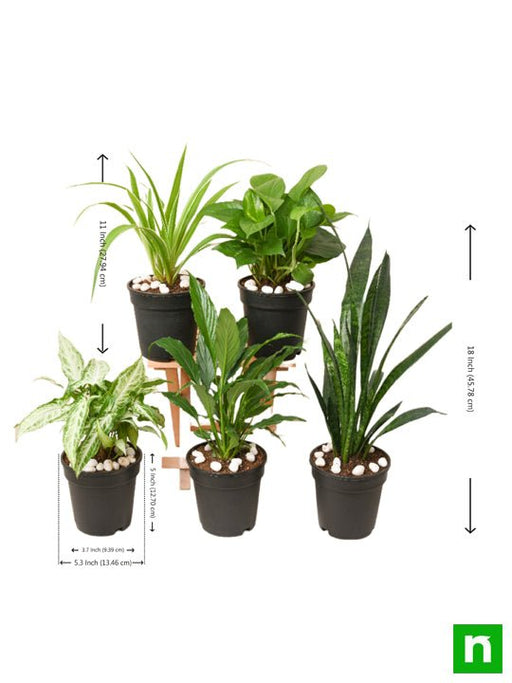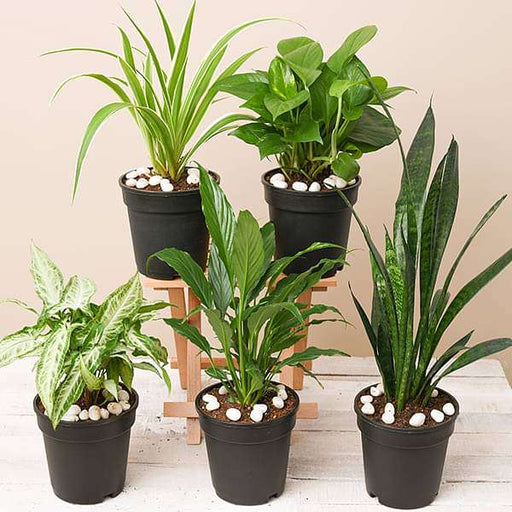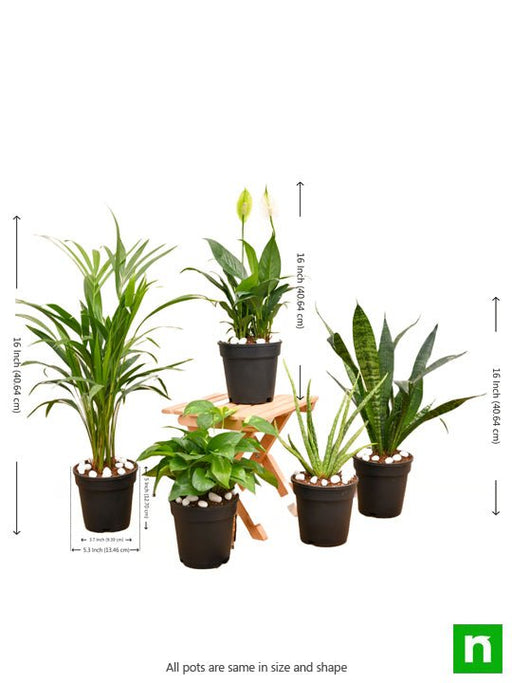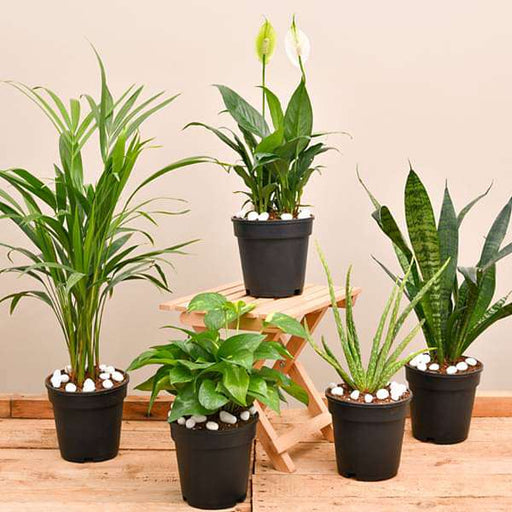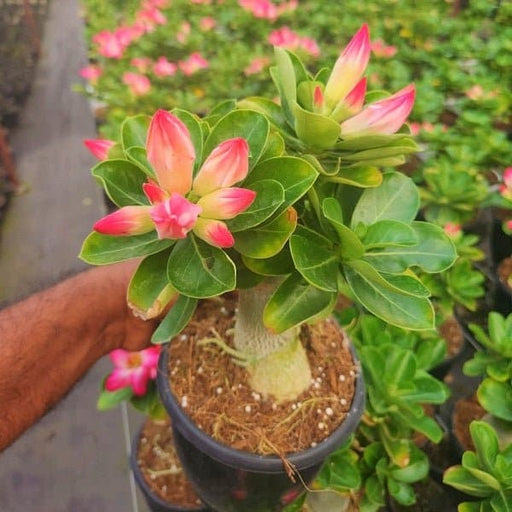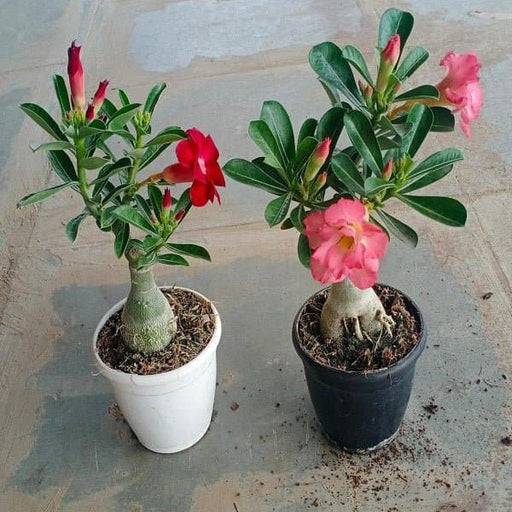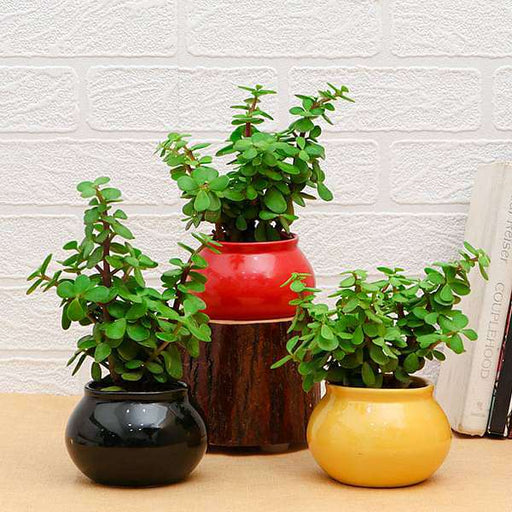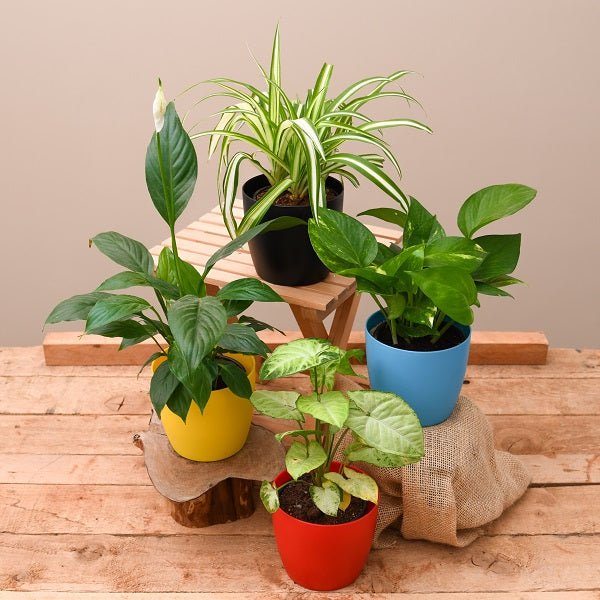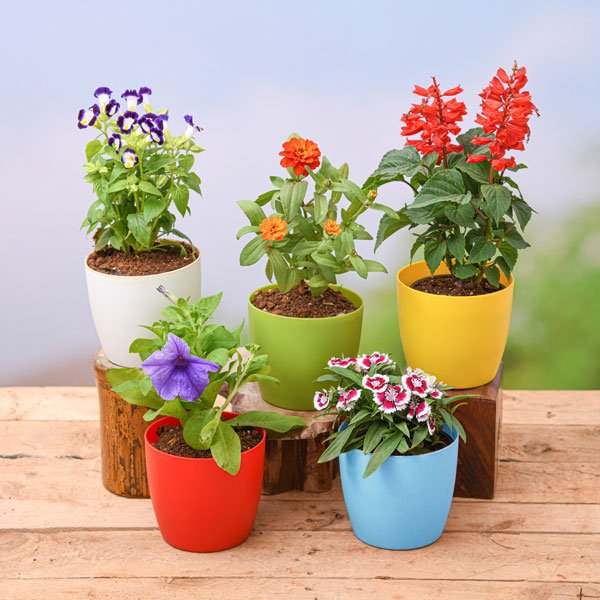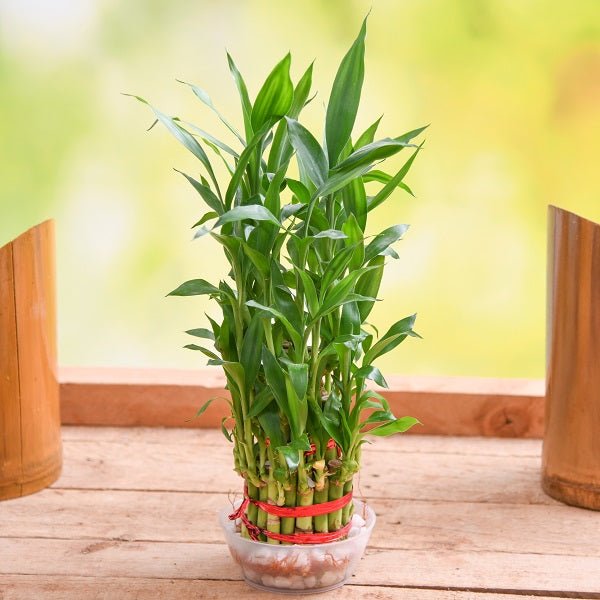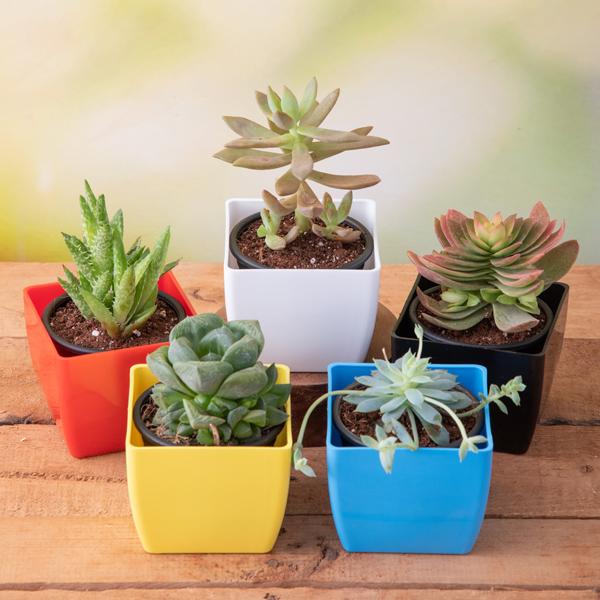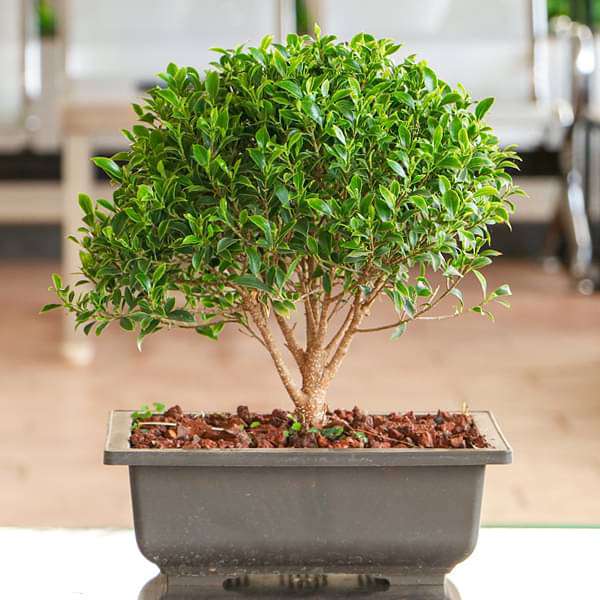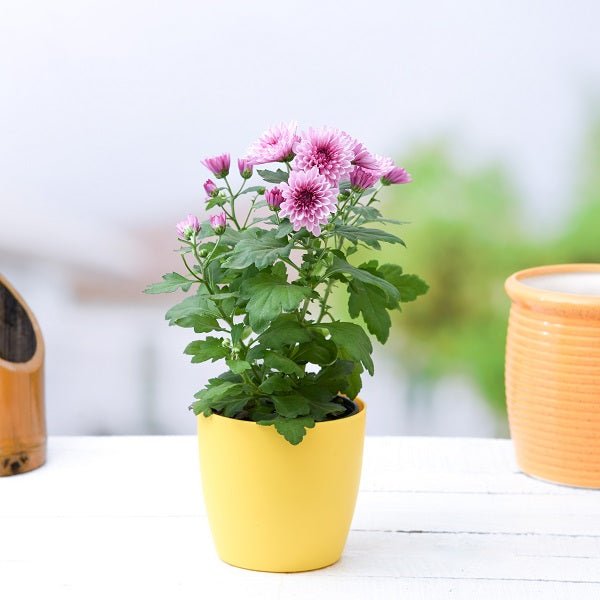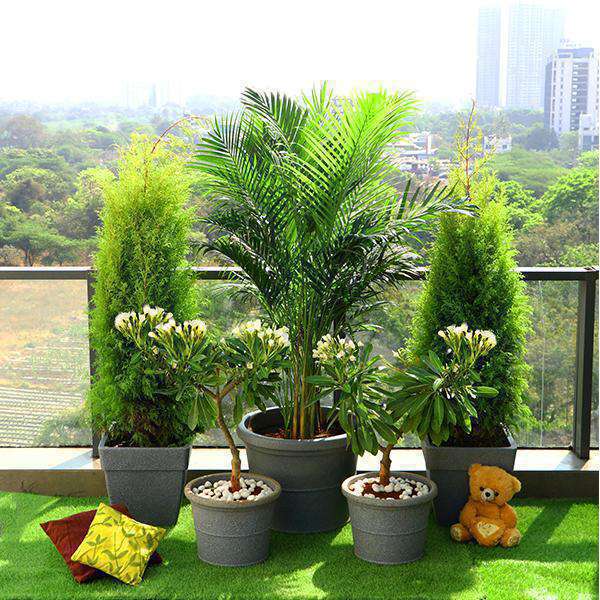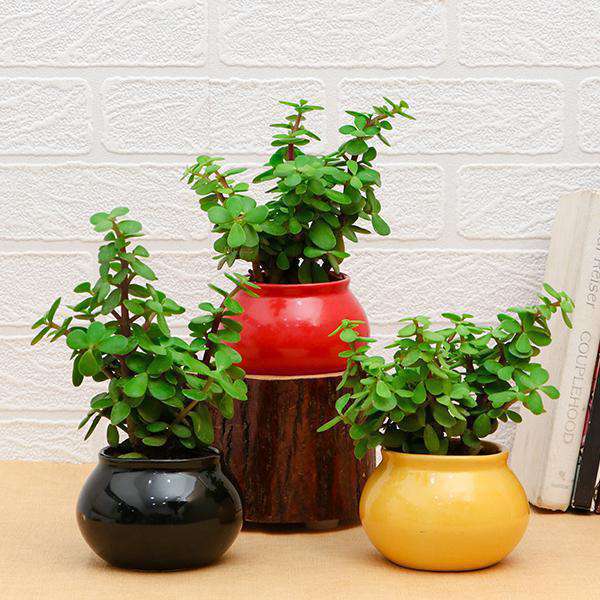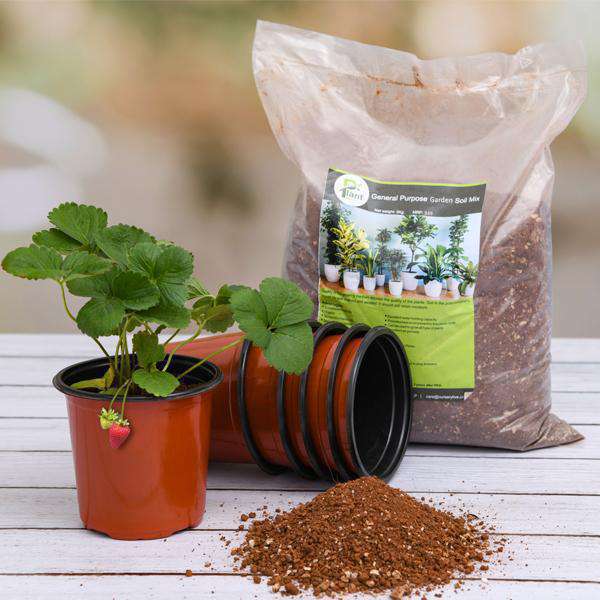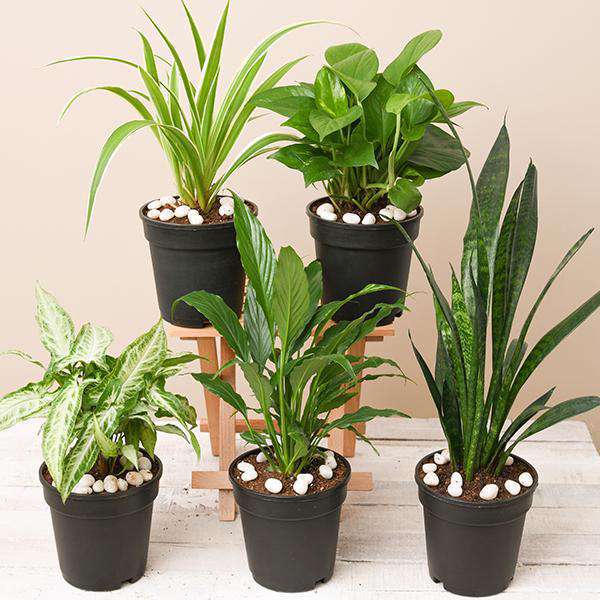Types of Hibiscus Plants
There are many types of hibiscus plants, including tropical hibiscus, hardy hibiscus, and more. Each type has its own unique characteristics and growing requirements.
How to Care for Hibiscus Plants
Caring for hibiscus plants involves providing them with proper watering, fertilizing, and pruning to promote healthy growth and vibrant blooms. It's important to follow the manufacturer's instructions and avoid over-fertilizing, which can damage the plants.
How to Grow Hibiscus Plants Indoors
Growing hibiscus plants indoors can be a great way to enjoy their beautiful blooms year-round. To do so, it's important to provide them with proper sunlight, temperature, and humidity levels.
How to Propagate Hibiscus Plants
Propagating hibiscus plants involves dividing the root ball or growing new plants from seeds or cuttings. It's important to follow proper propagation techniques and provide the right growing conditions.
How to Deadhead Hibiscus Plants
Deadheading hibiscus plants involves removing spent blooms to promote new growth and a longer blooming period. It's important to use the proper tools and techniques to avoid damaging the plant.
How to Prune Hibiscus Plants
Pruning hibiscus plants involves removing dead or diseased branches and shaping the plant to promote healthy growth and blooms. It's important to prune at the right time of year and to use the proper tools.
How to Fertilize Hibiscus Plants
Fertilizing hibiscus plants involves providing them with the right balance of nutrients to promote healthy growth and blooms. It's important to follow the manufacturer's instructions and avoid over-fertilizing, which can damage the plants.
How to Water Hibiscus Plants
Watering hibiscus plants involves providing them with regular, deep watering to promote healthy root growth. It's important to avoid over-watering, which can lead to root rot.
How to Plant Hibiscus Plants
Planting hibiscus plants involves selecting the right location, preparing the soil, and placing the plants in the ground or in containers. It's important to provide the proper growing conditions to ensure healthy growth and blooms.
How to Control Pests and Disease in Hibiscus Plants
Controlling pests and disease in hibiscus plants involves regular inspection, proper watering and fertilizing, and using organic pest control methods when necessary.
How to Choose the Right Hibiscus Plant for Your Garden
Choosing the right hibiscus plant for your garden involves considering the size of your space, the climate in your area, and your specific preferences for color and bloom time.
How to Transplant Hibiscus Plants
Transplanting hibiscus plants involves carefully digging up the plant and its roots and replanting it in a new location with well-draining soil. It's important to follow proper transplanting techniques to avoid damaging the plant.
How to Prune Hibiscus Plants for Winter
Pruning hibiscus plants for winter involves removing dead or diseased branches and shaping the plant to promote healthy growth during the winter months.
How to Divide Hibiscus Plants
Dividing hibiscus plants involves separating the root ball into multiple plants, which can be replanted in different locations. It's important to follow proper division techniques and provide the right growing conditions.
How to Protect Hibiscus Plants from Frost
How to Protect Hibiscus Plants from Frost
Protecting hibiscus plants from frost involves providing them with proper watering and fertilizing, as well as covering them with blankets or other protective coverings during cold weather.
Protecting hibiscus plants from frost involves providing them with proper watering and fertilizing, as well as covering them with blankets or other protective coverings during cold weather.
How to Choose the Right Container for Hibiscus Plants
Choosing the right container for hibiscus plants involves selecting a container that is large enough to accommodate the root ball and providing proper drainage to avoid over-watering.
How to Grow Hibiscus Plants in Hanging Baskets
Growing hibiscus plants in hanging baskets involves selecting a hanging basket that is large enough to accommodate the plant and providing proper watering and fertilizing to promote healthy growth.
How to Use Hibiscus Plants in Herbal Tea
Hibiscus plants are often used in herbal tea due to their fruity and tart flavor, as well as their potential health benefits. It's important to use fresh, healthy blooms and to follow proper tea-making techniques.
How to Choose the Right Soil for Hibiscus Plants
Choosing the right soil for hibiscus plants involves selecting a well-draining soil that is rich in nutrients and provides the proper pH balance for healthy growth.
How to Choose the Right Location for Hibiscus Plants
Choosing the right location for hibiscus plants involves selecting an area with proper sunlight, temperature, and humidity levels. It's important to consider the specific growing requirements of the plant to ensure healthy growth and blooms.

